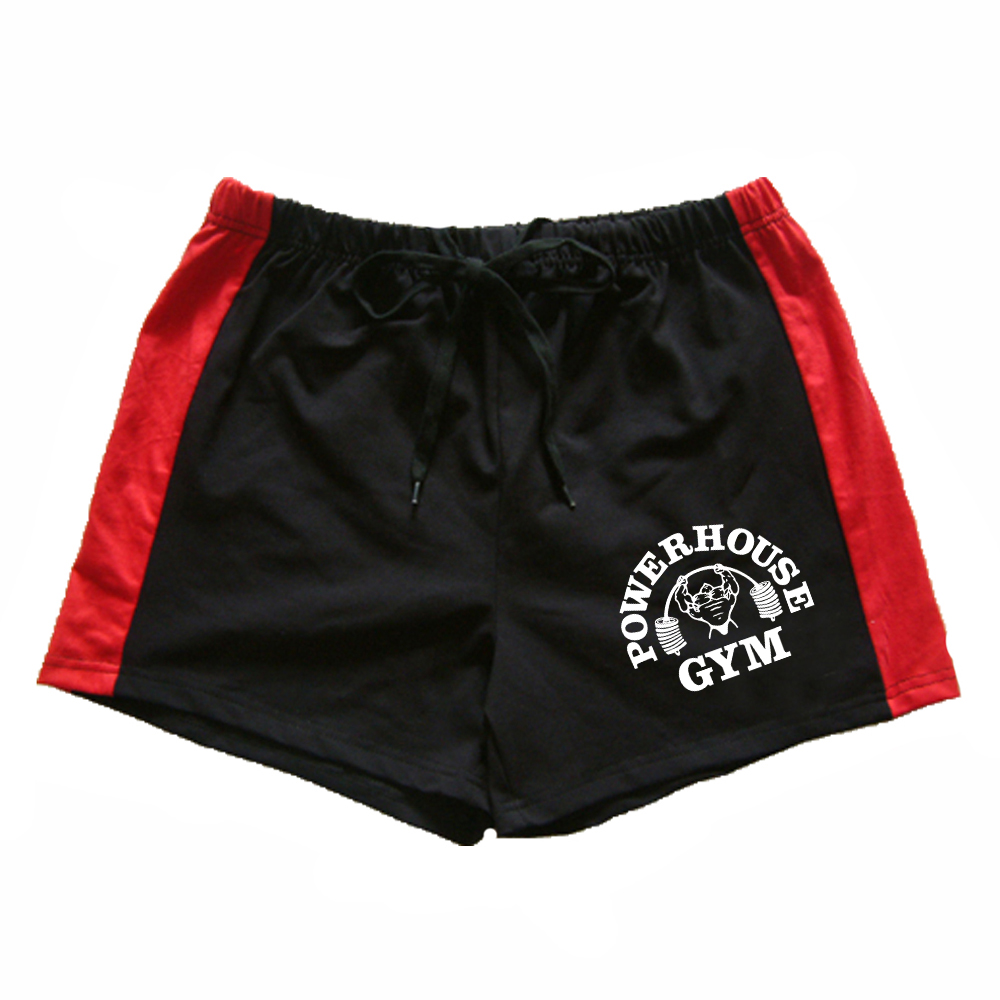
Baseball pants have come a long way since the early days of the sport. From their humble beginnings in the late 19th century, when wool was the dominant material, to the modern era of performance fabrics, the evolution of baseball pants reflects both technological advancements and the needs of players. This essay will delve into the journey of baseball pants, exploring their transformation from wool to performance fabrics, and the impact these changes have had on the game.
Evolution of Baseball Pants: In the early years of baseball, wool was the primary material used for pants. While wool provided warmth and durability, it had its drawbacks. Wool was heavy, prone to absorbing moisture, and uncomfortable to wear in hot weather. Players often found themselves drenched in sweat, restricting movement and hindering performance on the field. Moreover, the weight of wet wool could slow players down, affecting their agility and speed.
As the sport grew in popularity, players and manufacturers sought alternatives to overcome these challenges. The introduction of synthetic materials marked a turning point in the evolution of baseball pants. In the 1960s, polyester emerged as a popular choice due to its lightweight nature, moisture-wicking abilities, and improved breathability compared to wool. Polyester pants allowed players to stay cool and dry, enhancing their comfort and performance.
In the 1980s, advancements in fabric technology led to the adoption of nylon as a primary material for baseball pants. Nylon offered enhanced durability, flexibility, and moisture management. These properties were crucial in ensuring that players remained comfortable throughout the game and had unrestricted movement on the field. Nylon pants also dried quickly, reducing the risk of chafing and discomfort caused by prolonged exposure to moisture.
The late 20th century witnessed the emergence of performance fabrics specifically designed for athletic wear. The introduction of spandex, a stretchy and form-fitting material, revolutionized the baseball pants industry. Combining spandex with nylon or polyester offered players a perfect blend of flexibility, breathability, and comfort. These pants hugged the body, allowing for a full range of motion while maintaining a sleek and professional appearance.
Impact on the Game: The evolution of baseball pants from wool to performance fabrics has had a profound impact on the game itself. The shift to lighter and more breathable materials significantly improved player comfort, enabling them to perform at their best. The reduction in weight and improved moisture-wicking capabilities allowed players to focus on their movements and skills without distractions.
Performance fabrics have also contributed to the safety and durability of baseball pants. The incorporation of reinforced areas, such as double-layered knees and seat patches, has provided additional protection during sliding and diving plays. This added durability has helped extend the lifespan of the pants, reducing the frequency of replacements and saving players and teams money in the long run.
Furthermore, the introduction of performance fabrics in baseball pants has influenced player confidence and style. The form-fitting nature of these pants accentuates the physique of players, creating a sleek and professional look on the field. This boost in confidence can translate into improved performance, as players feel more comfortable and empowered in their attire.
Conclusion: The evolution of baseball pants from wool to performance fabrics has revolutionized the sport. The transition from heavy and moisture-absorbing wool to lightweight and moisture-wicking synthetic materials has vastly improved player comfort, agility, and performance. Performance fabrics have not only enhanced the functionality of baseball pants but also influenced player confidence and style. As technology continues to advance, it will be interesting to see how further innovations in fabric design will shape the future of baseball pants and further enhance player performance on the field.